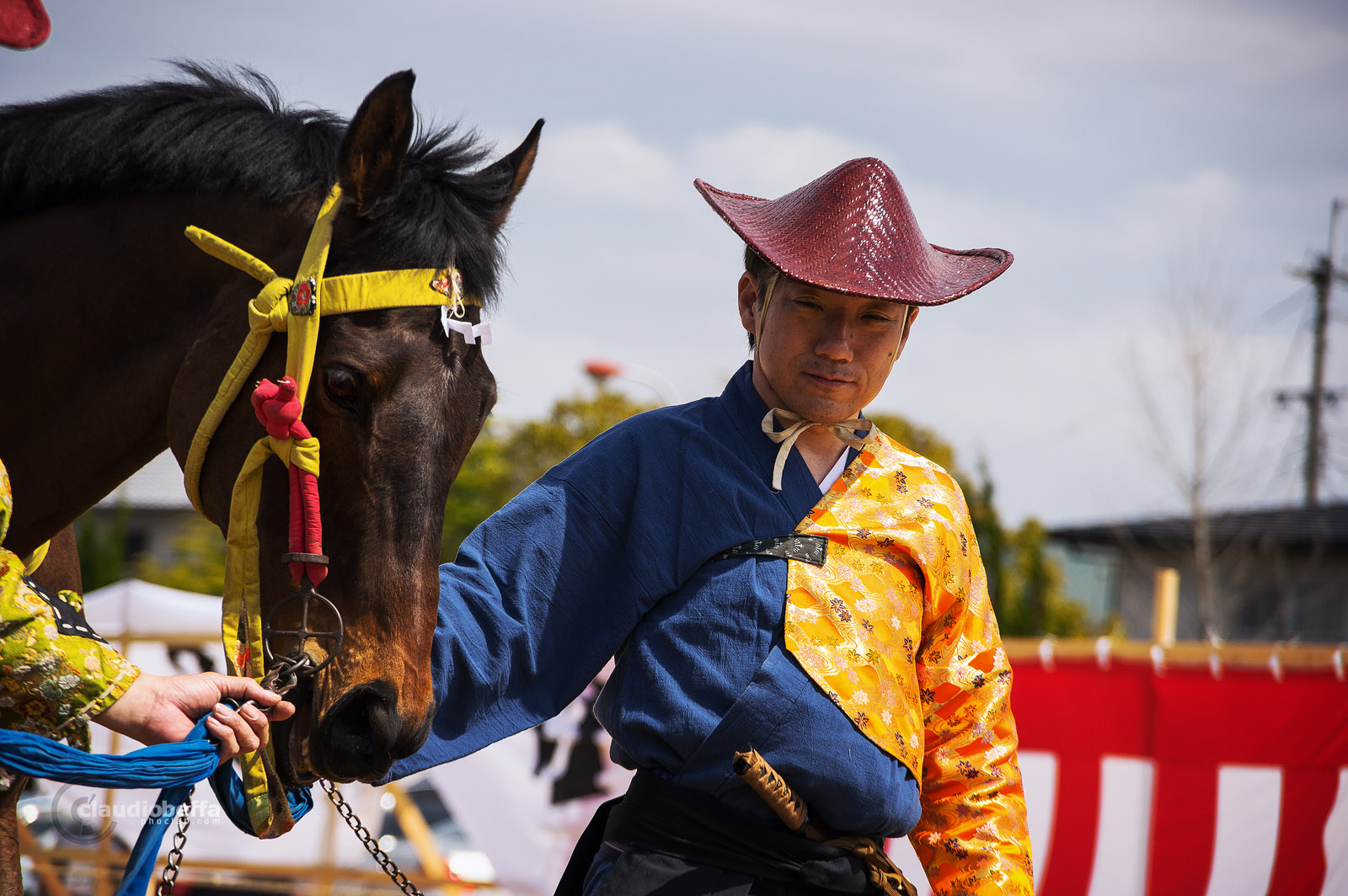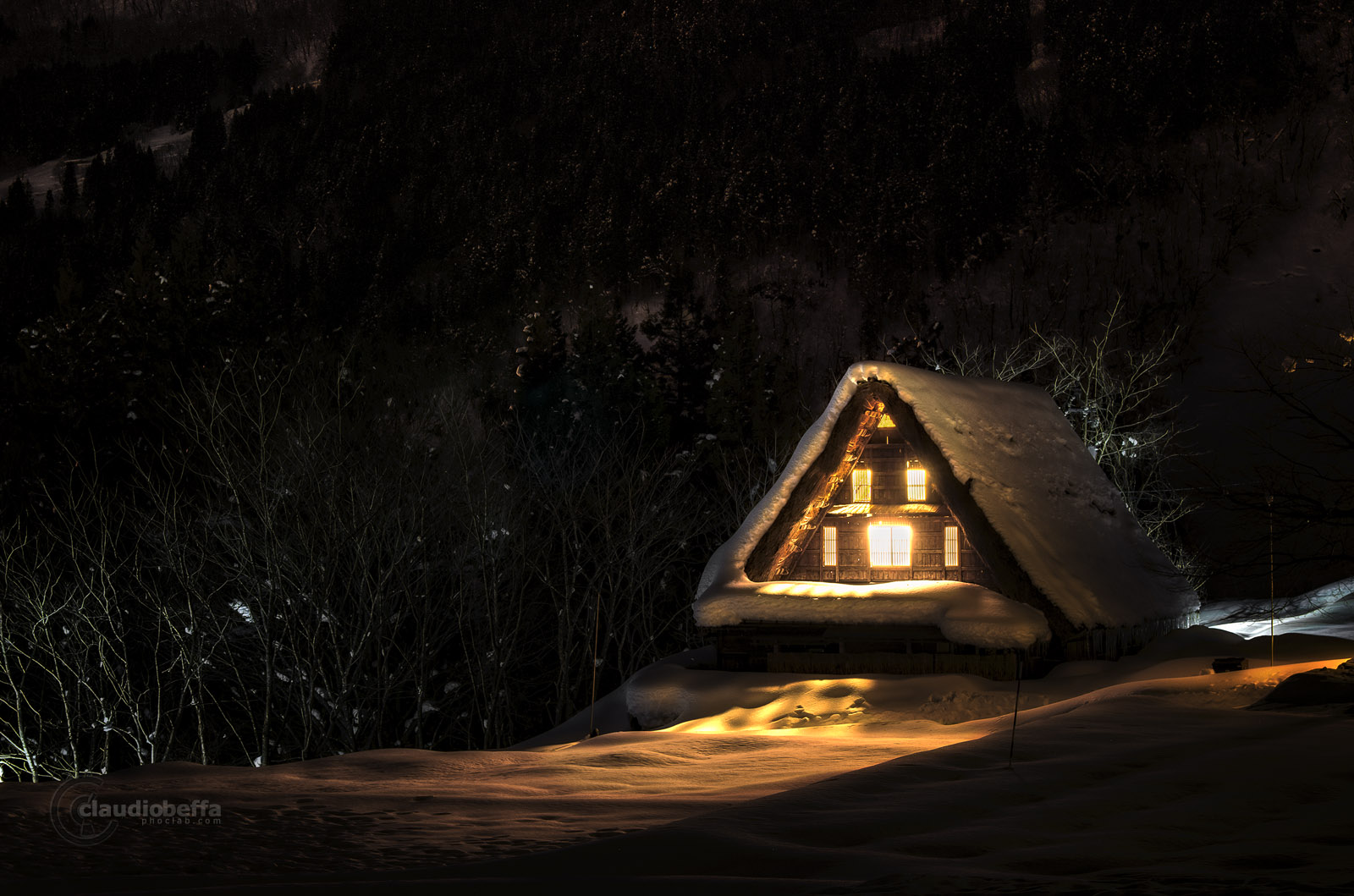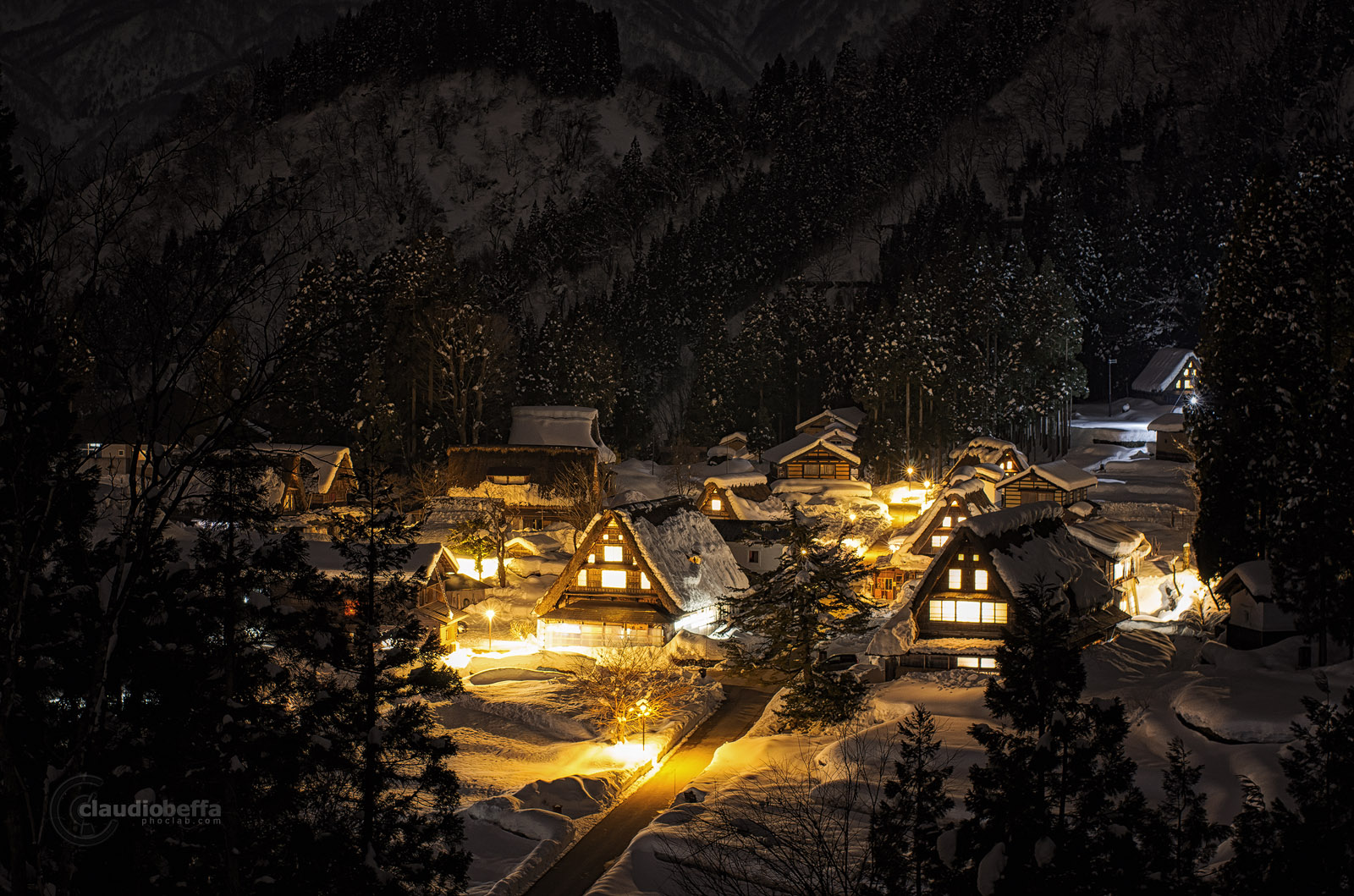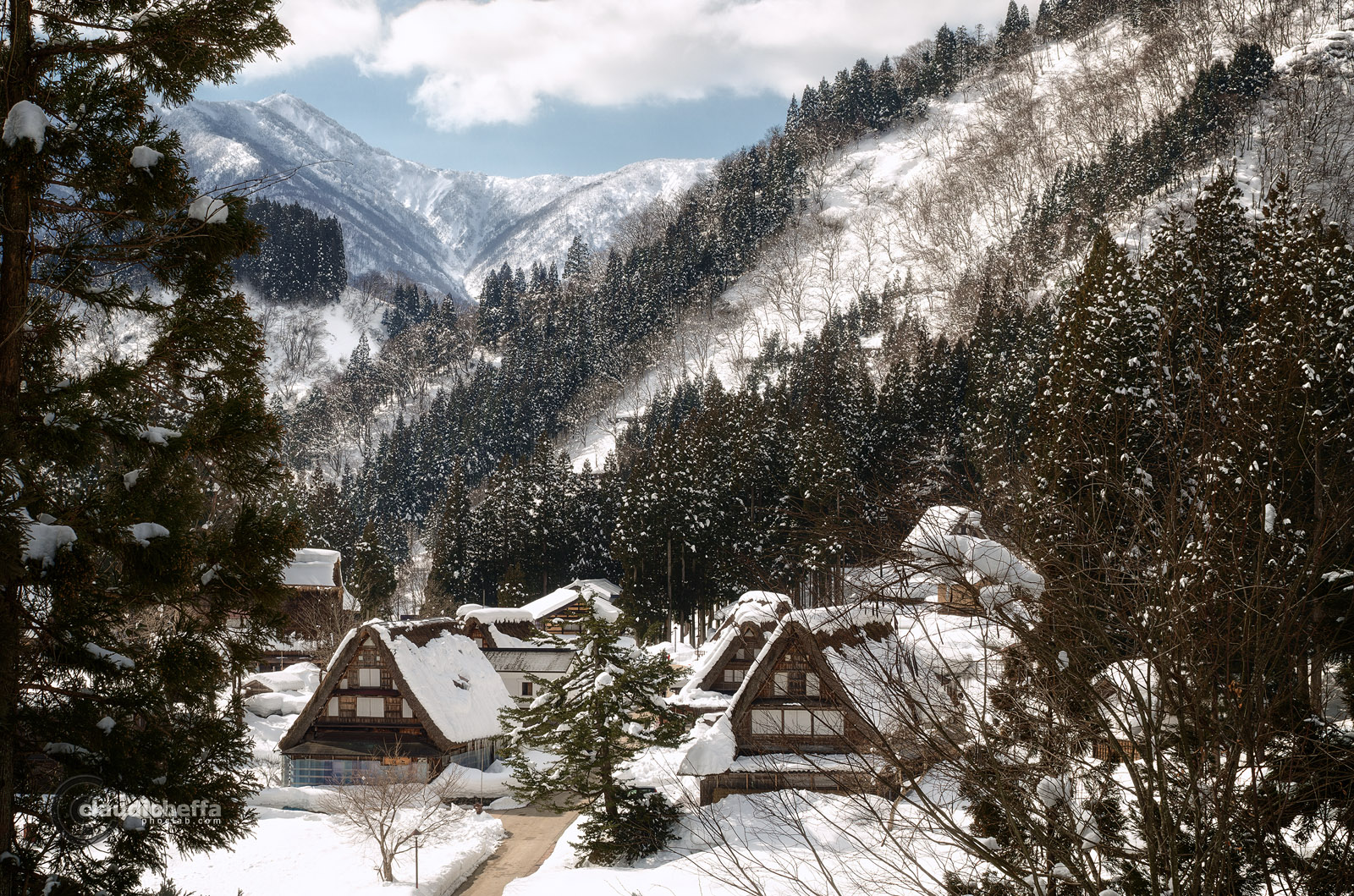Before the beginning of the Yabusame competition, the archers, the judges and their assistants parade along the track in front of the spectators.
For every figure there is a specific clothing that is a perfect reproduction of the original: the materials, the shape and the decorations of each dress date back to the Kamakura period. Attending the parade is like jumping back in time of nearly 800 years.
This shot belongs to the award-winning series in the PX3 Prix de la photographie 2014 edition: “Yabusame” – Bronze medal – Category Press/Performing arts
You can find the full blog post about the japanese traditional horse mounted archery at the following page: Yabusame, the japanese horse mounted archery










